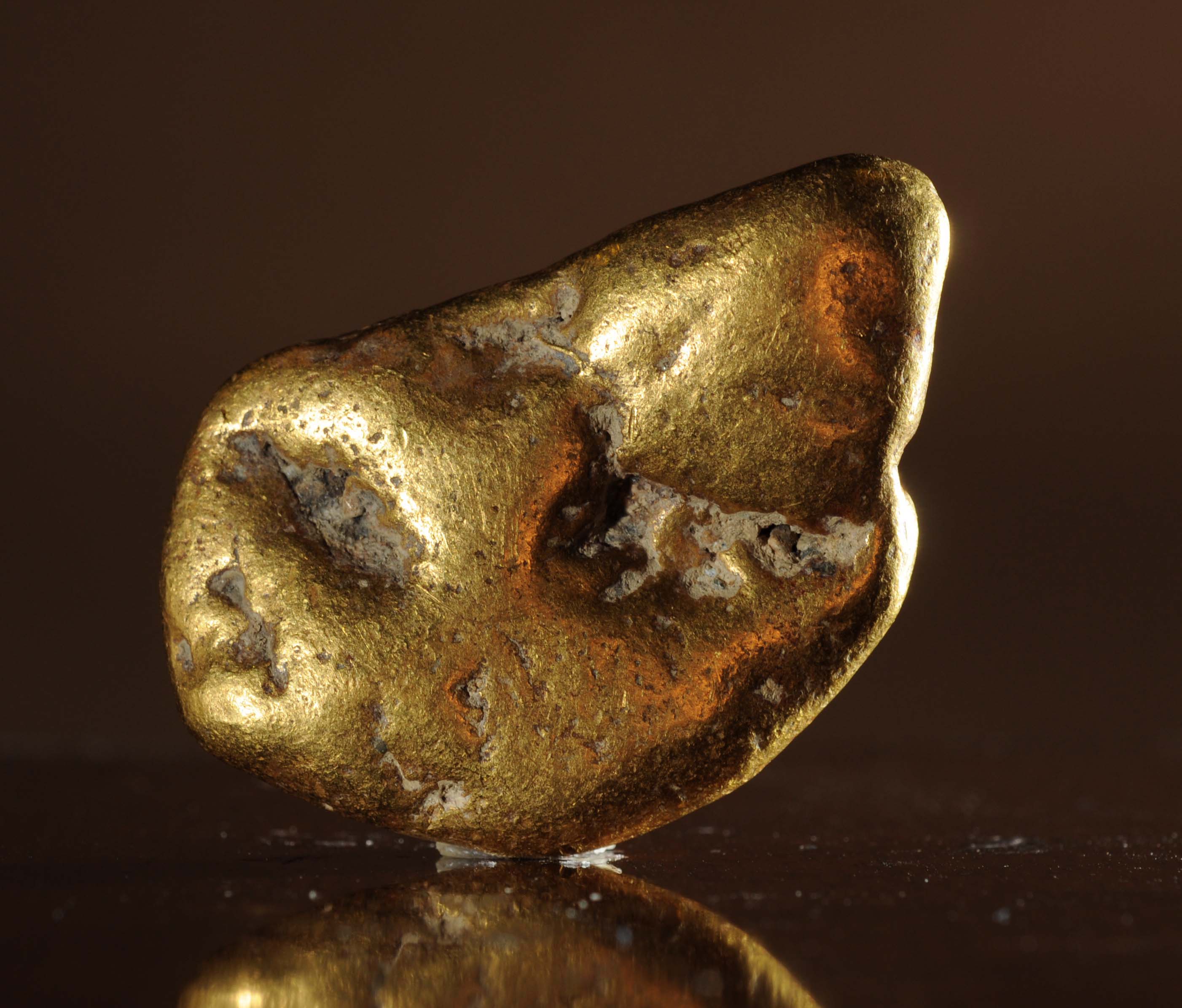

Many crystals display coherent twins and/or short incoherent twins that terminate within the crystal, all typical of thermal annealing at temperatures >250☌. The internal structure of the nuggets comprises nearly equigranular, randomly-oriented crystal domains. Enclosed minerals are rare – with only galena, Bi sulphide, galenobismutite and complex Ag-Hg tellurides in a few samples. One specimen also contains up to 3 wt% Hg, but no other alloyed metals > 0.1 wt% were detected. They have nearly homogeneous Ag contents, mostly in the range 3 to 20 wt%, although some have no detectable Ag. The specimens have been collected at or close to the surface but all nuggets (mass range ~1 gm to >8 kg) and many smaller grains appear to be hypogene. Nuggets and particulate gold from many deposits in Australia, New Guinea, SE Asia and Brazil have been examined by optical and electron-optical techniques to determine characteristics that may indicate their genesis and stability in the regolith. Conversely, other nuggets have been found at depths of ten metres or more in the regolith, and large masses of gold have been encountered at considerable depth, in completely unweathered, hypogene environments. Even large nuggets (e.g., >2 kg) have surface features and/or gross morphologies that suggest chemical reworking in the regolith. Many are intimately associated with, and even appear to enclose, soil materials and weathered rock.

Supporting a supergene origin, most gold nuggets in Australia have been found at or near the soil surface. Gold nuggets have long captured the imagination of geologists, prospectors and the public alike, but their origin remains disputed.


 0 kommentar(er)
0 kommentar(er)
